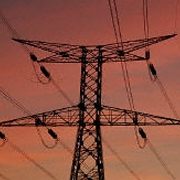In less than three months, the Western world has suffered five serious blackouts. Four of them took place in Europe. The latest and most serious blackout ocurred on September 28, when 57 million Italians were left without light for several hours because of rolling blackouts that also affected France and Switzerland. Suffocated by growing demand for electricity and a lack of investment in modernizing and expanding its networks, the Old World needs to integrate its energy markets in order to avoid such accidents in the future.

Sign up to stay informed about our latest article releases.